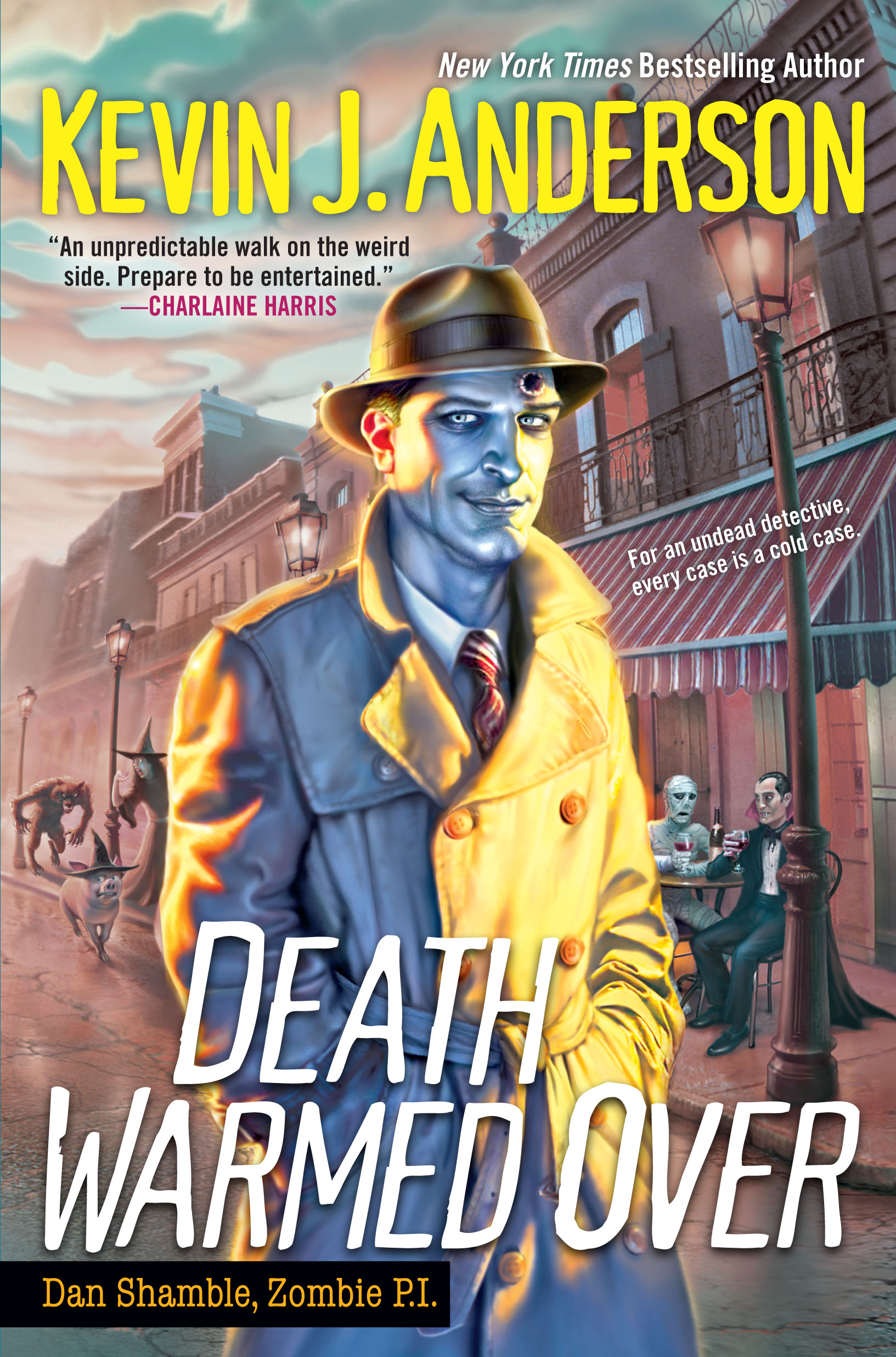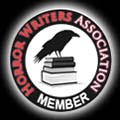 Back on November 1, I welcomed John Skipp here to talk about his work with Black Dog on gathering stories both old and new for horror anthologies. Here is what I had to say in the intro to Skipp's guest post:
Back on November 1, I welcomed John Skipp here to talk about his work with Black Dog on gathering stories both old and new for horror anthologies. Here is what I had to say in the intro to Skipp's guest post:John Skipp is a legend in the world of horror. Back in the 1980s he helped to found the graphic, frenetic splatterpunk style of the genre. But in the 21st century, he has made his name as a collector of stories old and new.
Specifically, he has been working with Black Dog to edit a line of anthologies. His previous ones were on Demons, Zombies, and Werewolves-- all traditional, otherworldly horror monsters.
This time he keeps the scary coming, but it is the human monster he is concerning himself with. Like the other books in the series, in Psychos, Skipp gathers stories by classic authors all the way up through brand new stories. He also adds essays about the appeal of the monsters in his collection.Now that I have read the entire book I can say it is as good as advertised. The stories span the full range of appeal for readers. So we have lighter, more eerie stories and pure all out blood fests, with a stop at all places in between. Yes there are some big names alive and dead like Poe, Bradbury, and Gaiman, but there also some other fabulous horror writers you may not be as familiar with.
Overall, these are not the scariest stories you can find. I would suggest this collection more to a general audience. Hardcore horror fans should look elsewhere. But that being said, this is the perfect addition for a library who has a small horror collection. It is a great way to expose your patrons to a large range of quality authors in 1, 600 page book. If they come back raving about a particular story or author, you can consider adding stand alone titles by those writers.
Here are a few notes I wanted to share on some of the stories and the book in general:
- Skipp introduces each story. I liked that. I wouldn't say I thought every introduction was enlightening and useful, but some were very good. I would rather he do all than only some, or none.
- There is an actual letter from a real killer to his mother included in this anthology. Can I stress here that this letter is NONFICTION.?!? I don't want to give it away, but the letter is gruesome and makes some of the fictional psychos in the book look like they only need a slight adjustment in their meds.
- Jack Ketchum's story made me see him in a new light. I tend to find Ketchum's work a little too violent and bloody for my own tastes. In fact, I almost skipped his entry, "The Exit at Toledo Blade Boulevard," but I am glad I gave it a try. I was surprised by how much I enjoyed it. It was more moving than gruesome. That was a nice surprise
- If you have never read Bradbury's classic story "Small Assassin," now is the time. This is an amazing example of psychological suspense in which a mother thinks her baby is trying to kill her.
- "Mommy Picks Me Up at Day Care" by John Gorumba is a a must read here. The story is told completely through the point of view of the child as the mother picks him up and, well, she has lost it. But we know that. What makes this story so unsettling and interesting, is that the child is processing what is happening (in real time) and relaying it to us. I was unfamiliar with Gorumba, but I will seek him out now. This is a good readalike for fans of Room by Emma Donoghue.
- In a similar vein, "All Through the House" by Christopher Coake (another "new to me" author) tells the story of a psycho from the outside perspective. In fact, reading this anthology taught me that, as a reader, I prefer the psycho stories to be told from this outside perspective. Seeing the psychos point of view was not as enjoyable for me. But specifically in this story, the narrator is the serial killer's friend and a survivor of his terror. Fans of this story should also try the surprisingly good graphic novel My Friend Dahmer by Derf Backderf.
Like all anthologies based on a topic, no reader will like every story, but that is okay. My job as the RA librarian is to assess if there is enough here for fans of human monsters, and that answer is a resounding yes! If I were to booktalk this title to a potential reader, I would make sure to remind him or her that not every story will be to his or her taste. Just skip one you are not in to and go to the next. But I can assire you that there is way more worth your time than not here.
However, an interesting patron note....since we have had the book available for checkout on 11/1, it has never made it to the shelf. We are the only library in our system who owns, and this book has already been checked out 3 times....in 6 weeks! We let it out for 3 weeks at a time. So that means people are getting through it quickly. That also does not count me since I read it before it was cataloged. There is also a hold queue forming. So, when I need to hand sell this book to a reader, I have the plan I mentioned above, but so far, it is selling itself.
A final note to consider, this is a big book, but it is in paperback and the stories themselves are not long. The heft may bother some readers. I could see considering adding this title to our eBook collection for just this reason.
This is a great holiday gift idea for the serial killer fan on your list. And hey, if you are reading this blog, chances are you have at least one of those to buy for.
Three Words That Describe This Book: anthology, frightening, comprehensive
Readalikes: Of course you should also check out the other Black Dog Anthologies edited by Skipp (also mentioned above). Look too at my notes above on specific stories where a made a couple of readalike suggestions for specific stories.
Another great series of horror-esque anthologies are the ones published by Black Lizard and edited by Otto Penzler. They have ones for Vampires, Ghosts, Zombies, and more. Really any anthology edited by Penzler is a good readalike option here. You can click here for a full list. We also have many of these at the library and they are quite popular.
Last year I read the anthology, What Fears Become. Like Psychos, it introduced me to a lot of new and interesting authors. Click here for details.
*Full disclosure, I received a free review copy of this anthology which I added to our library's collection.






